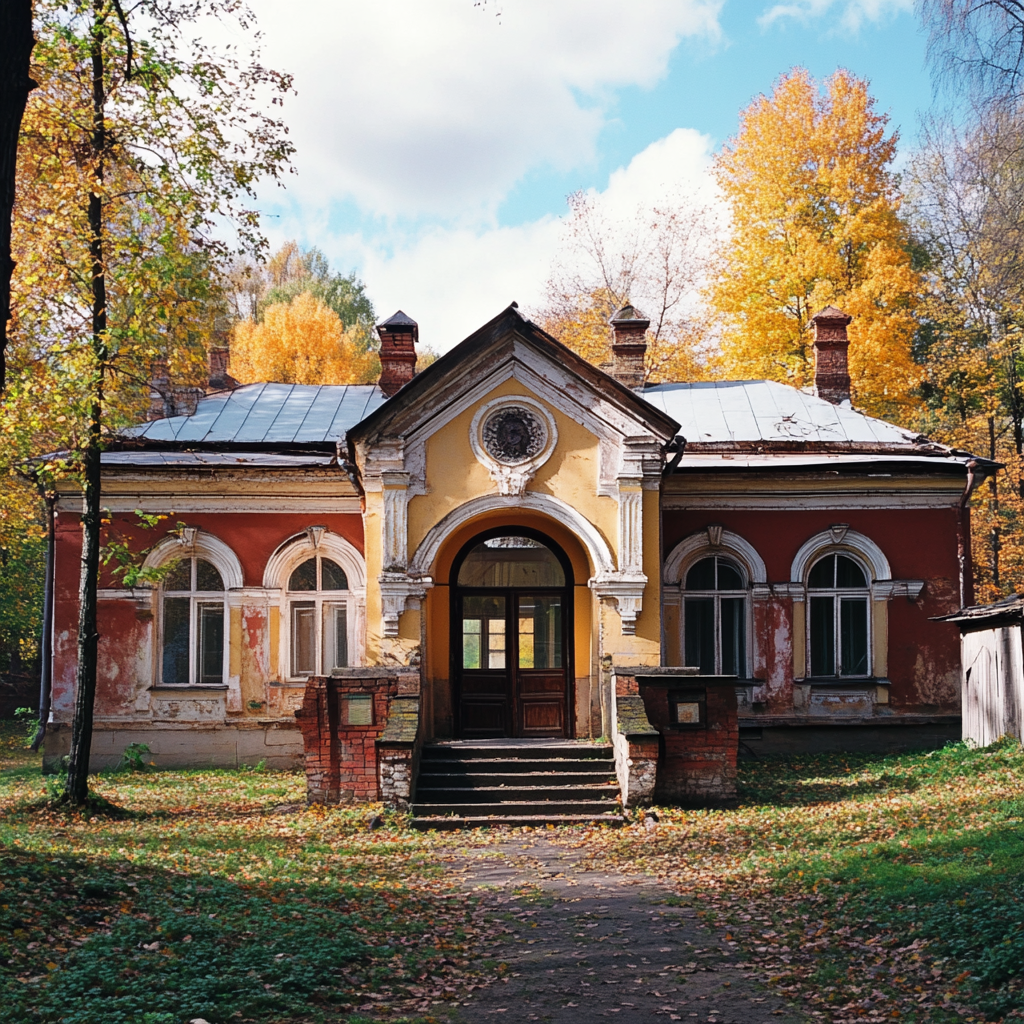Historic buildings play a special role in the formation and preservation of the cultural image of cities and regions. Each such structure carries the memory of past eras, events and people, being a kind of repository of cultural and historical information. Restoration of historical architectural monuments is not just the restoration of the appearance of buildings, but also the preservation of their unique historical value, as well as the return of lost cultural symbols to society.
The role of historical buildings in the formation of the city’s cultural heritage
Historical buildings form a unique architectural landscape of the city and are an important part of the cultural heritage, reflecting the traditions, artistic tastes and technological capabilities of different eras. Preserving these buildings, the city maintains its historical identity and helps residents understand the connection of times. In addition, these buildings become centers of attraction for tourists and venues for cultural events, forming the cultural image of the city.
Moreover, each such building is a kind of “archive”, storing information about the life of previous generations. Loss of historic buildings often means the loss of part of the city’s memory, which has a negative impact on the cultural continuity and sense of historical identity of the community.
Basic approaches to the restoration of historical buildings
- Conservation – minimal intervention to prevent further destruction.
- Restoration of authentic condition — exact restoration of the original appearance of the building.
- Adaptation – partial modification of functions and structures to meet modern needs, while preserving the historical essence of the building.
- Reconstruction — complete or partial reconstruction of lost elements based on historical documents.
Each approach is applied taking into account the specific situation and the degree of preservation of the historical object, as well as its further purpose.
Technologies and methods used in building restoration
Modern restoration of buildings involves the use of both traditional and innovative technologies. Traditional methods, such as manual bricklaying, stucco molding, painting, are combined with modern technologies such as laser scanning, computer modeling and special compositions for preserving materials.
This process requires careful approach deep knowledge, respect for the past and respect for every element that is part of the overall history.
Particular attention is paid to authentic materials and construction technologies, which makes it possible to accurately convey the original appearance of the structures. The use of modern techniques also makes it possible to increase the durability and resistance of buildings to negative external influences, such as weather conditions or vibrations from transport.
Difficulties and problems arising during the restoration process
The restoration process is often accompanied by many difficulties, such as the difficulty of obtaining original historical data, the presence of structural damage, and the loss of authentic materials. There is also often a need to search for rare building materials and qualified specialists capable of working with historical technologies.
Another serious problem is this is nlack of funding and time for the implementation of restoration projects. In addition, there may be conflicts of interest between preserving historical authenticity and the requirements of modern standards of safety and comfort, which requires finding compromise solutions.
All over the world there are striking examples of successful restoration of historical buildings. The restoration of the Colosseum in Rome, the restoration of castles and palaces in Europe, and the reconstruction of the historical center of Warsaw after World War II demonstrate the importance and effectiveness of professional restoration.
Modern trends: integration of historical buildings into the urban environment
In modern restoration practice, the integration of historical buildings into the current urban context has become important. This means that restored buildings must not only maintain historical authenticity, but also fit harmoniously into the modern urban landscape, fulfilling social and cultural functions.
Today restoration of historical objects is a complex and responsible process that includes the work of many specialists in different fields. Builders, architects, art historians, restorers and historians work together to not only restore buildings to their former glory, but also to preserve their cultural significance and historical authenticity for future generations.
These examples illustrate how the painstaking work of restorers can restore buildings not only to their physical condition, but also to their significance as symbols of cultural identity and national heritage.
The adaptive use of historical buildings is becoming a trend, when old buildings are turned into cultural centers, museums, hotels, art spaces, which ensures their viability, economic efficiency and relevance to society.
Restoration of historical buildings is an important area in preserving the cultural and historical heritage of society. Each historical building carries a unique message from the past, helping to understand and preserve cultural identity and historical memory, which are so important in the era of globalization and unification of cultural space. Restoring buildings not only returns them to their original appearance, but also revitalizes their role as symbols that link generations.
Particularly important is the complexity of the approach, which should take into account not only the technical aspects of restoration, but also social, economic and cultural factors, ensuring the sustainable development of cities and improving the quality of life of people. Caring for historical monuments is an important indicator of the maturity of a society and its ability to respect its past, recognizing its integral significance for future generations.
Because it allows you to preserve historical memory, cultural identity and architectural heritage, passing on these values to future generations.
The most common problems include the lack of reliable historical data, the difficulty of selecting authentic materials and qualified specialists, and financial constraints.

